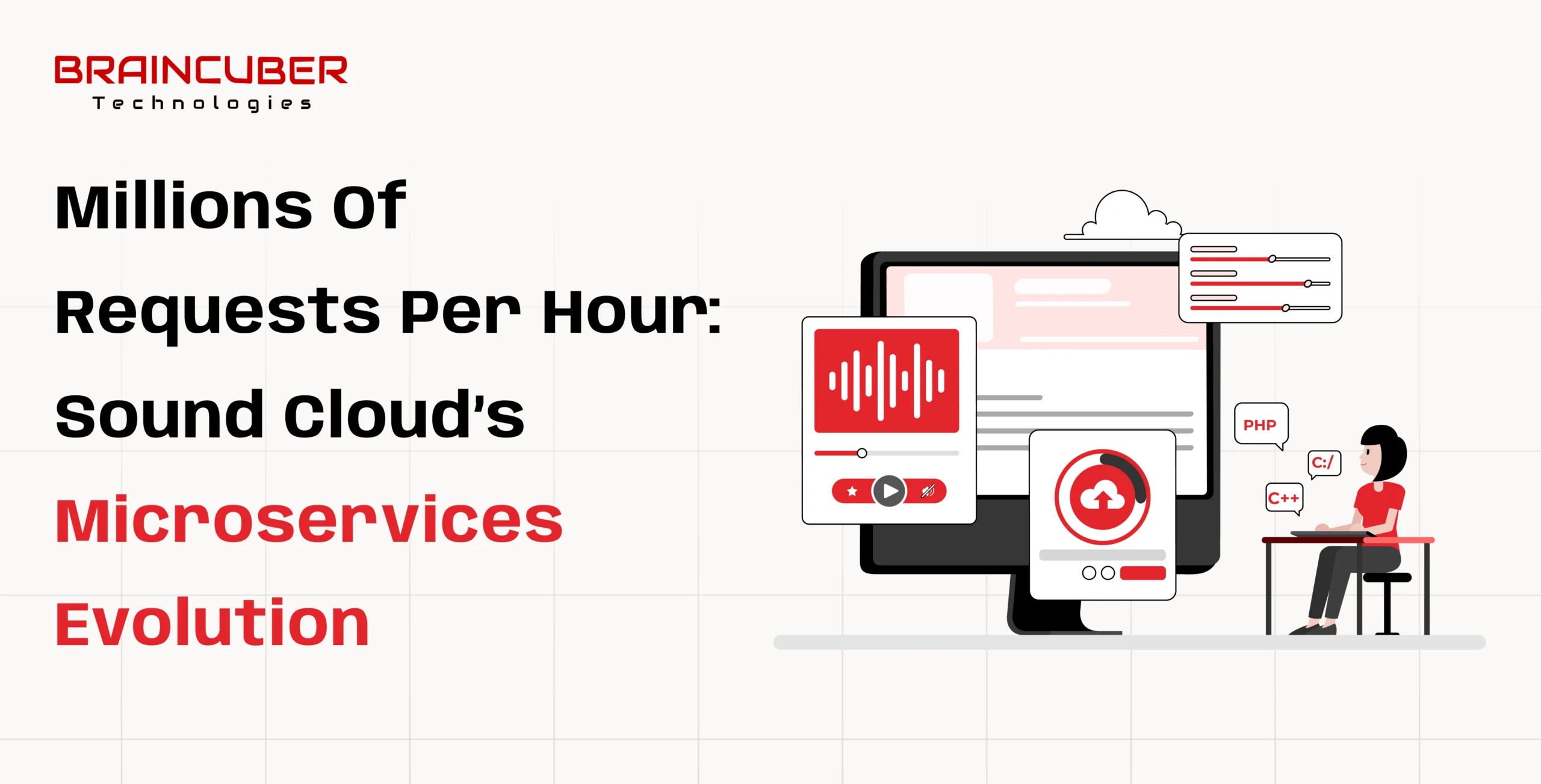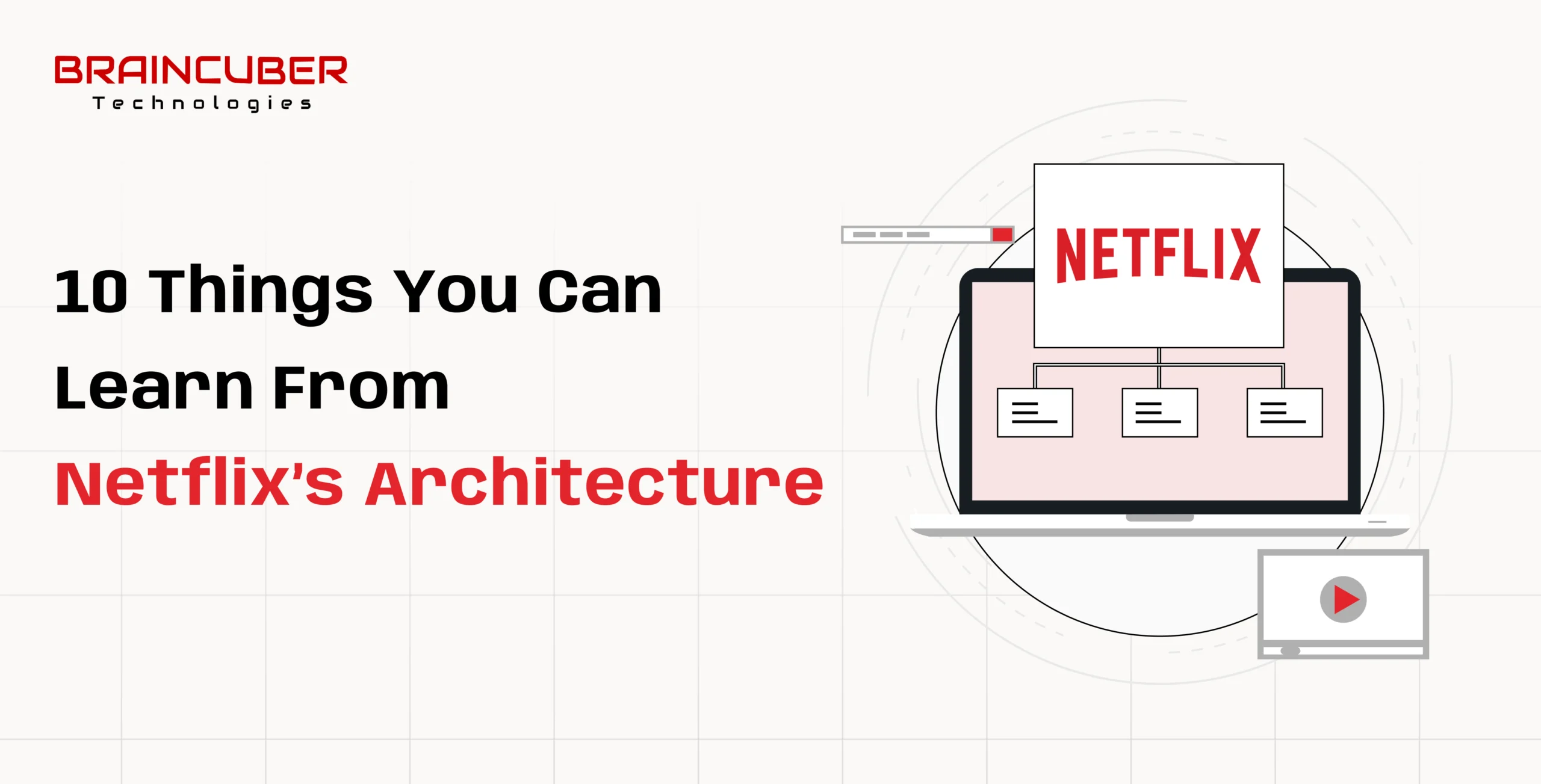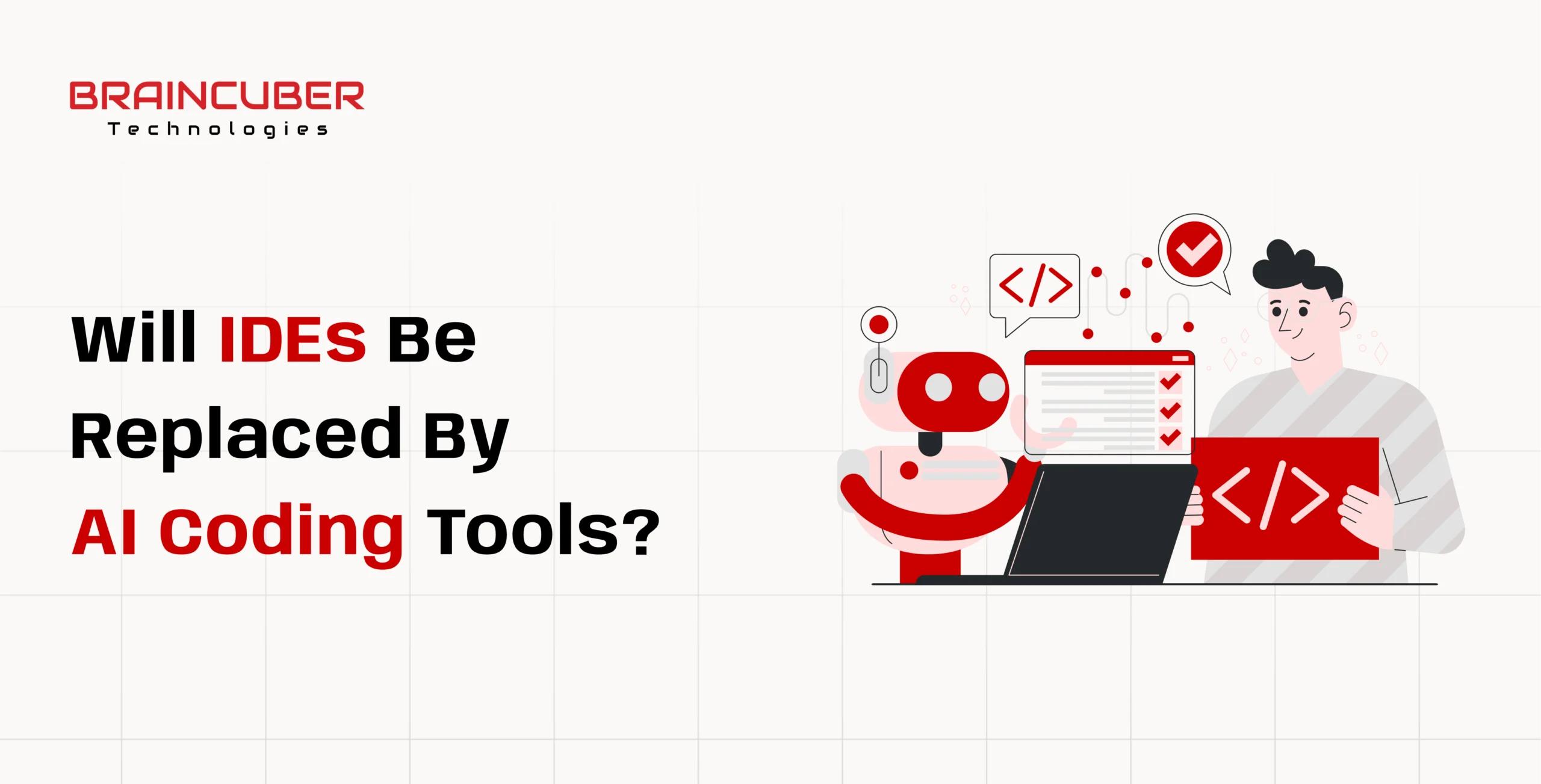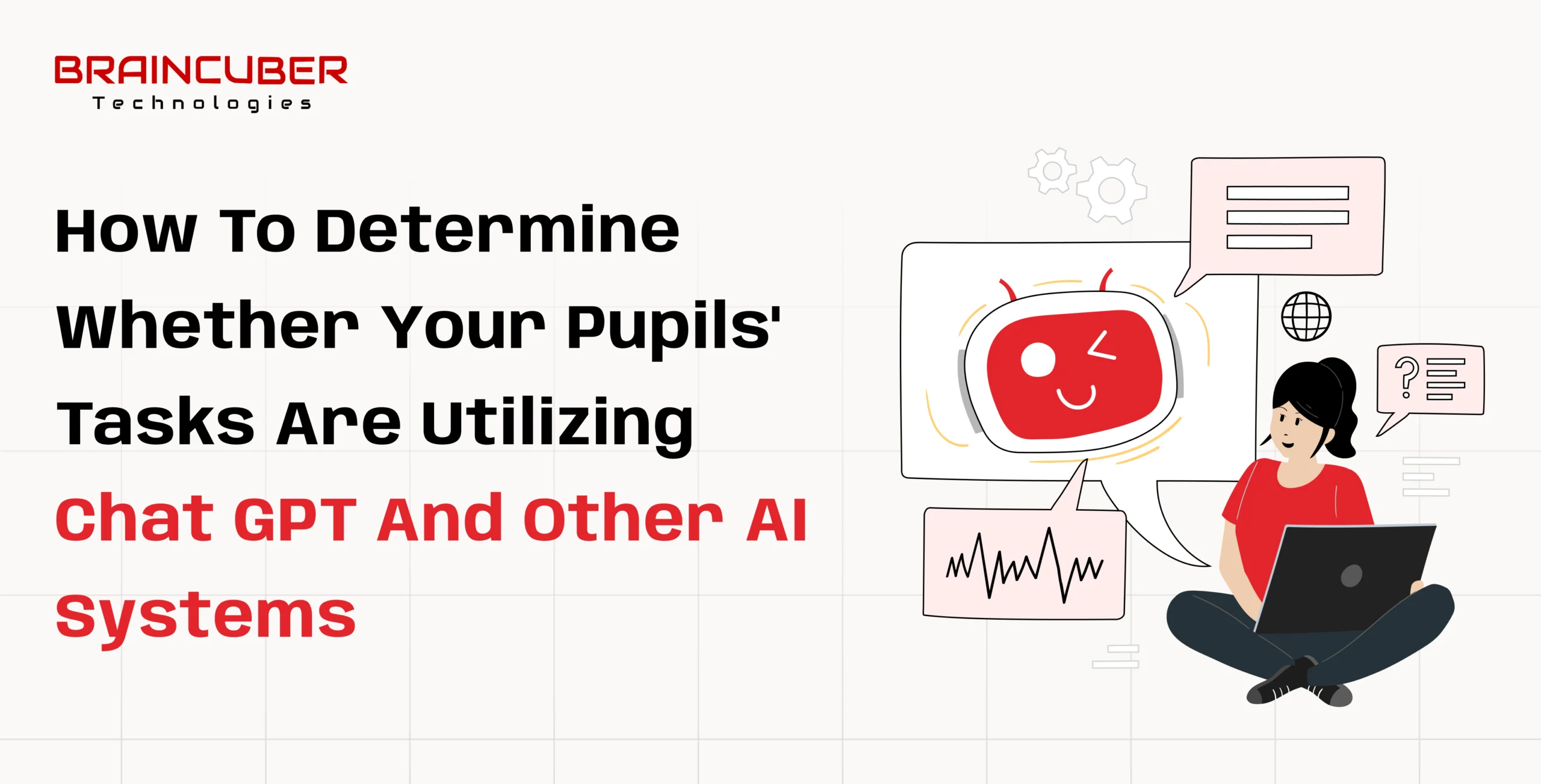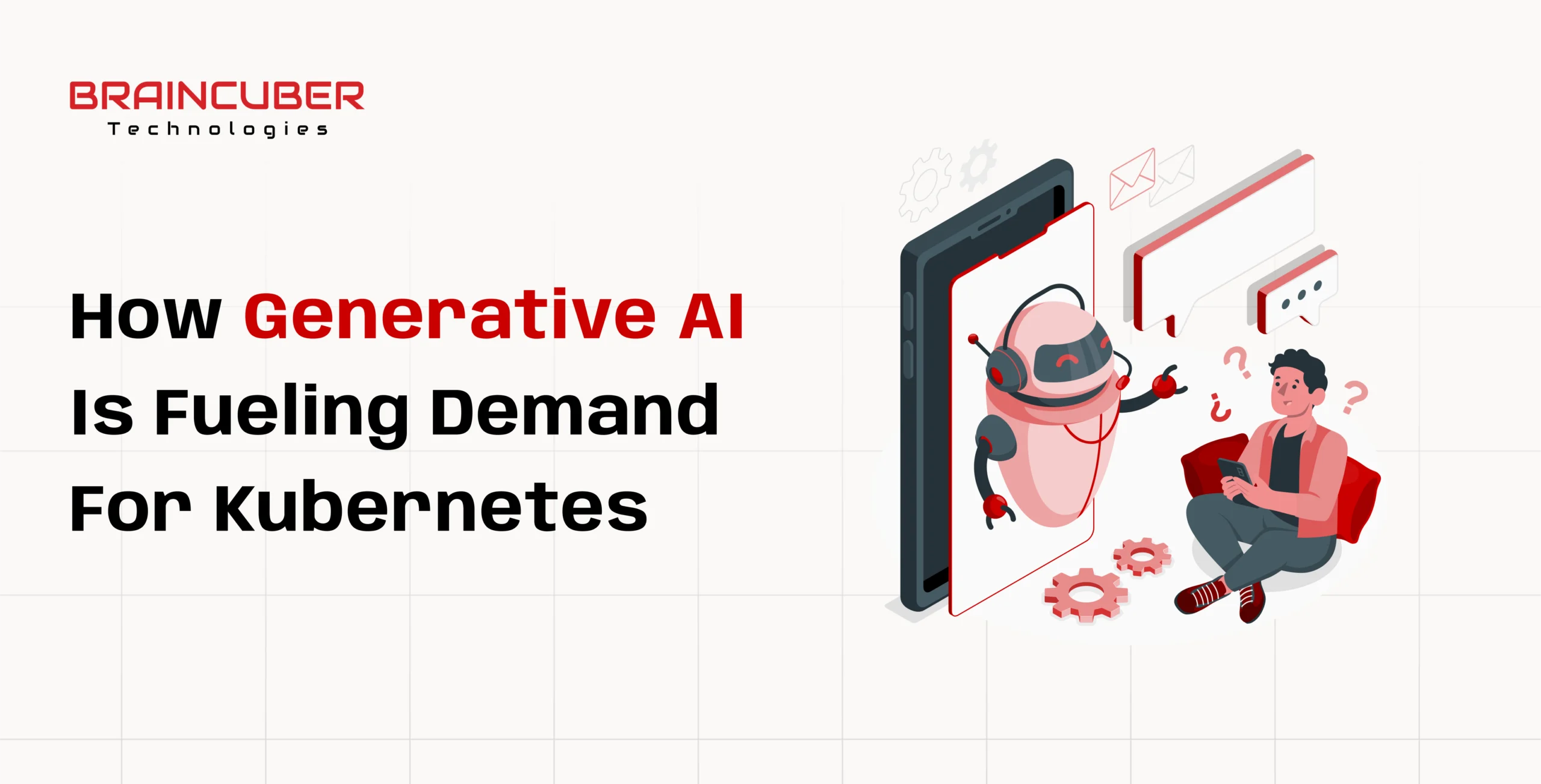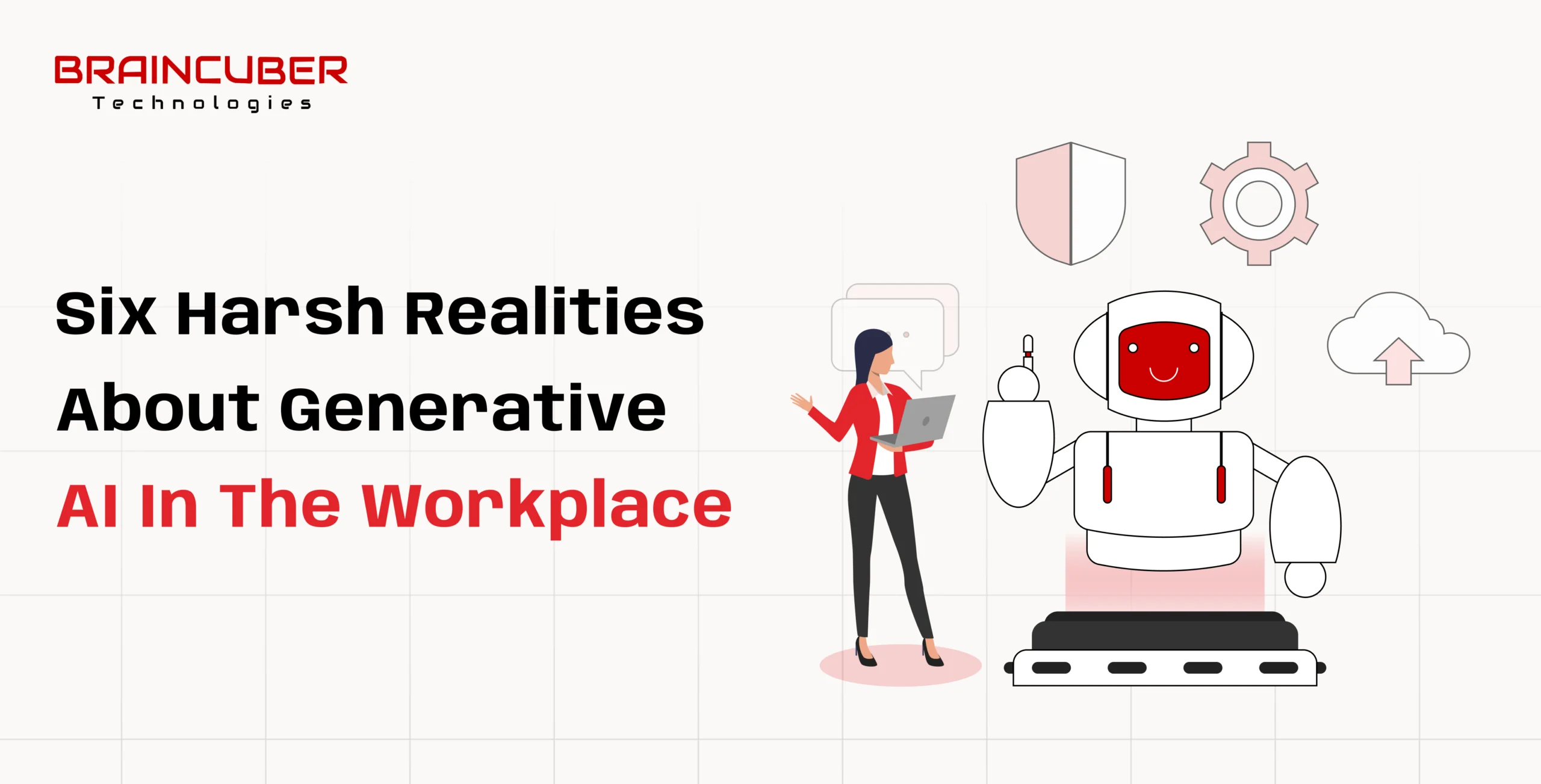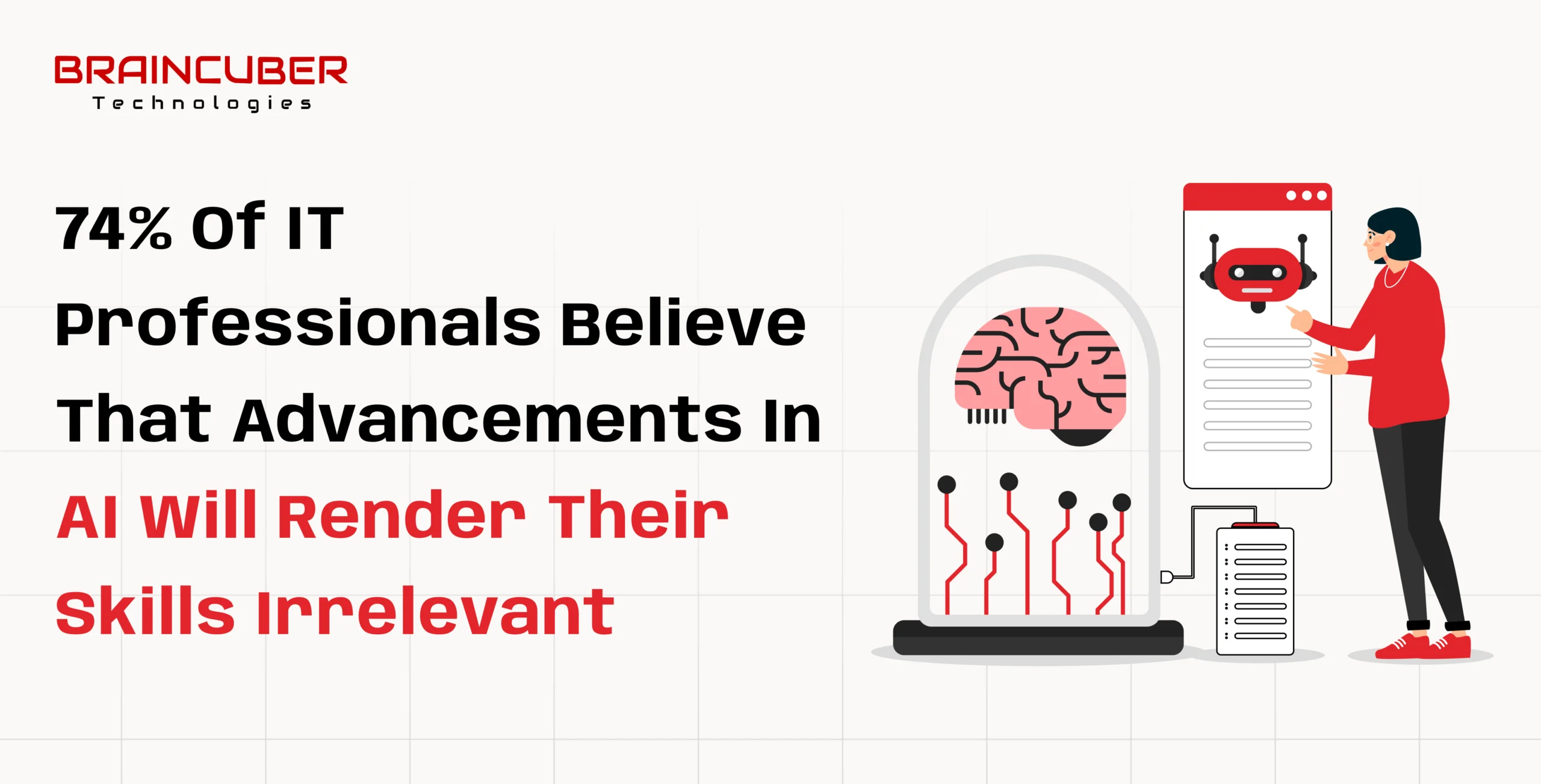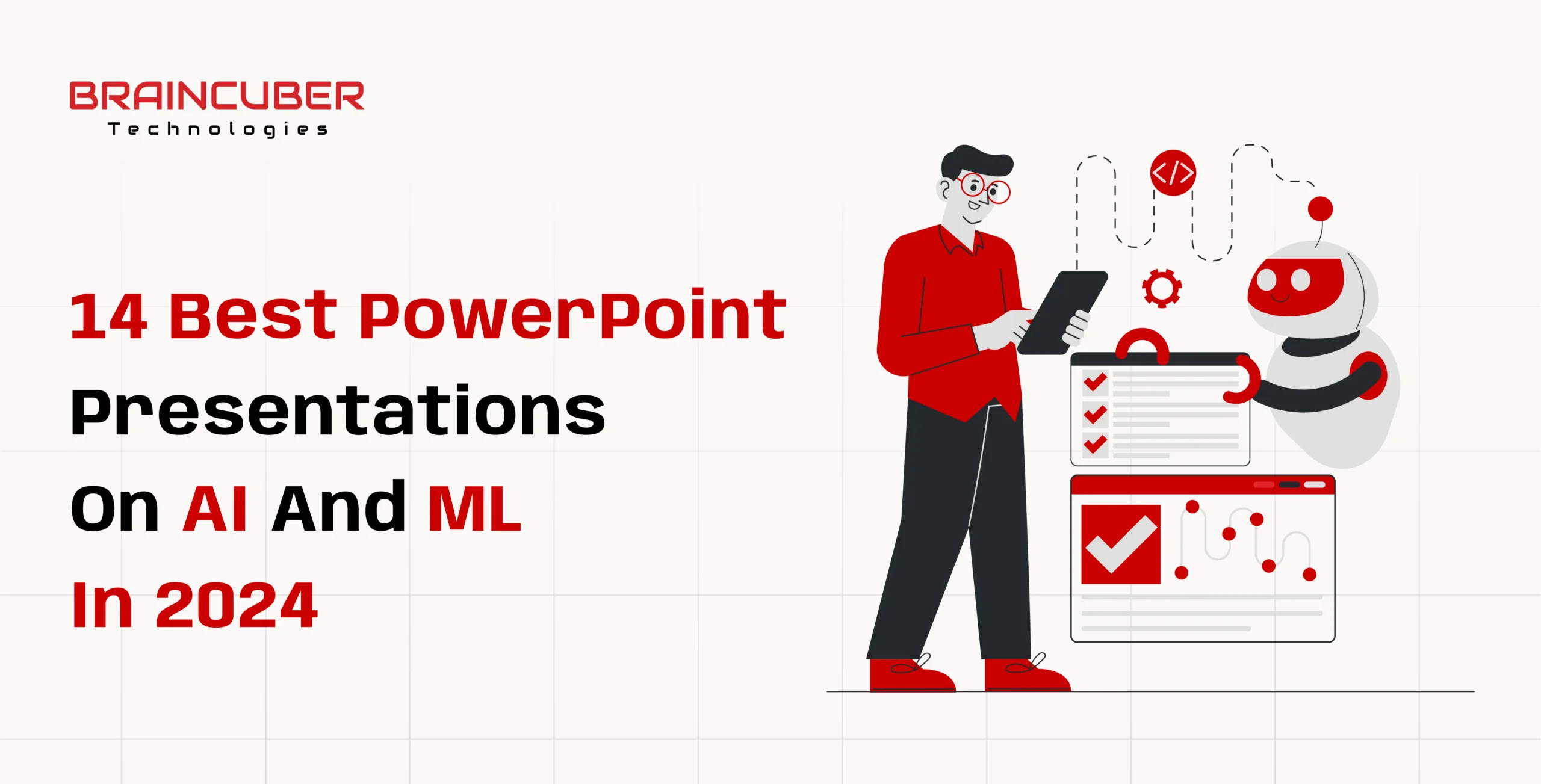In today’s digital landscape, content creation has evolved from a simple task to a complex process requiring creativity, strategy, and technological innovation. The emergence of AI agents has revolutionized how we approach content creation, particularly interactive content that engages audiences on a deeper level. This comprehensive guide explores how AI agents are transforming interactive content creation and how you can leverage this technology to enhance your digital presence.
Understanding Intelligent Agents in AI for Content Creation
An intelligent agent in AI refers to a software entity that can perceive its environment, make decisions, and take actions to achieve specific goals. Unlike traditional content creation tools, an intelligent agent in AI can learn from interactions, adapt to changing requirements, and operate with varying degrees of autonomy.
These agents function through a combination of:
- Perception systems: Collecting and interpreting data from various sources
- Decision-making algorithms: Analyzing information and determining optimal actions
- Action mechanisms: Implementing decisions through content creation and modification
The development of intelligent agent in AI technology has revolutionized personalized content experiences. These agents can understand context, audience preferences, and content performance metrics to continuously improve their outputs. For content creators, this means having a virtual assistant that not only generates content but also learns what resonates with your specific audience.
Modern AI agents range from simple rule-based systems to sophisticated neural networks capable of understanding nuanced human preferences. The most advanced agents can even anticipate user needs and generate content that addresses questions before they’re asked.
Top AI Content Creation Tools for Interactive Experiences
Modern marketers are increasingly relying on AI content creation tools to stay competitive in the digital space. These tools vary in capabilities, specialization, and learning curves, but all aim to streamline the content creation process while enhancing quality and engagement.
Some of the leading AI content creation tools include:
- Content Generation Platforms: Tools like Jasper, Copy.ai, and ChatGPT that can create written content ranging from blog posts to social media captions.
- Visual Content Creators: Platforms such as DALL-E, Midjourney, and Canva’s AI features that generate images, graphics, and visual elements based on text prompts.
- Interactive Content Builders: Specialized tools that create quizzes, polls, interactive infographics, and other engagement-focused content.
- Video Creation Tools: AI-powered platforms like Synthesia and D-ID that can create video content with virtual presenters or animated elements.
- Personalization Engines: Systems that adapt content based on user behavior, preferences, and historical interactions.
The best AI content creation tools offer a balance between automation and creative control. When selecting tools for your workflow, consider factors such as integration capabilities, learning curve, customization options, and alignment with your content strategy.
Investing in quality AI content creation tools can significantly reduce production time while maintaining content quality. Many platforms now offer free trials or tiered pricing models, making it easier to test different options before committing to a specific solution.
Types of Intelligent Agent in Artificial Intelligence for Content Creation
There are several types of intelligent agent in artificial intelligence, each with specific strengths for content creation. Understanding these variations helps in selecting the right tools for your specific content needs.
1. Simple Reflex Agents
These basic agents operate on condition-action rules. They respond to current input without considering history or future implications. In content creation, they excel at:
- Grammar and spelling corrections
- Basic content formatting
- Simple content transformations (e.g., converting bullet points to paragraphs)
2. Model-Based Agents
These more sophisticated agents maintain an internal model of their environment. For content creation, they can:
- Understand brand voice and maintain consistency
- Adapt content to different platforms while preserving meaning
- Generate variations of content while maintaining core messaging
3. Goal-Based Agents
These agents work toward specific objectives. In content creation, they excel at:
- Creating content optimized for conversion
- Generating SEO-friendly content targeting specific keywords
- Developing content that guides users through marketing funnels
4. Learning Agents
Perhaps the most valuable for modern content creation, these agents improve over time through:
- Analyzing content performance data
- Learning from user feedback and interactions
- Adapting to changing trends and audience preferences
5. Knowledge Based Agent in Artificial Intelligence
A knowledge based agent in artificial intelligence can draw from vast databases to create accurate, informative content. These specialized agents:
- Access and synthesize information from multiple sources
- Ensure factual accuracy in technical or specialized content
- Create content that reflects current information and industry standards
Different types of intelligent agent in artificial intelligence offer varying levels of autonomy and creativity. The most effective content strategies often employ multiple agent types working in concert, each handling aspects of the content creation process where they excel.
How Content Creation AI is Revolutionizing Digital Experiences
Content creation AI has evolved from simple text generators to sophisticated systems that understand context and audience needs. This evolution has transformed how brands connect with their audiences through digital content.
The latest content creation AI can produce interactive elements that boost engagement metrics. These systems go beyond static text to create:
- Interactive storytelling: Narratives that adapt based on user choices
- Personalized content journeys: Experiences that change based on user behavior
- Dynamic content elements: Components that update in real-time based on data
- Conversational interfaces: AI-powered chatbots and virtual assistants that engage users
Many businesses are seeing ROI improvements after implementing content creation AI in their marketing workflows. The benefits extend beyond just content production to include:
- Enhanced audience insights: AI analysis of content performance and user engagement
- Improved content distribution: Intelligent scheduling and channel selection
- Better content optimization: Continuous improvement based on performance data
The integration of AI into content creation has also enabled new formats and experiences that weren’t previously possible at scale. Virtual reality experiences, augmented reality content, and interactive video are all becoming more accessible through AI-powered creation tools.
Benefits of AI for Content Creation in Today’s Digital Landscape
Using AI for content creation allows teams to focus on strategy while automating repetitive tasks. This shift in focus can transform how marketing and content teams operate, enabling them to:
- Scale content production: Create more content across more channels without proportional increases in resources
- Improve content quality: Ensure consistency, accuracy, and alignment with brand guidelines
- Enhance personalization: Deliver tailored content experiences to different audience segments
- Accelerate content creation: Reduce time-to-market for campaigns and content initiatives
- Optimize for performance: Create content variations optimized for different goals and platforms
The adoption of AI for content creation has grown exponentially in the past two years. This rapid growth reflects the tangible benefits organizations are experiencing, including:
- 50-70% reduction in content production time
- 30-40% improvement in engagement metrics
- 25-35% decrease in content production costs
- 40-60% increase in content output volume
The most effective AI for content creation combines machine learning with human oversight. This collaborative approach ensures that content maintains the human touch while benefiting from AI efficiency and data-driven insights.
Ready to transform your content creation process? Explore our AI-powered content solutions designed specifically for interactive experiences. Our platform combines cutting-edge AI technology with intuitive interfaces to help you create engaging content that resonates with your audience. Get Started Today →
Interactive Content Creation: Engaging Your Audience with AI
Interactive content creation leads to higher engagement rates compared to static content. Studies consistently show that interactive content generates:
- 2x more conversions than passive content
- 4-5x more pageviews
- 93% effectiveness at educating buyers versus 70% for static content
- 81% attention grabbing compared to 50% for static content
The process of interactive content creation has been simplified through AI-powered tools. These tools handle the technical complexity of creating interactive elements, allowing content creators to focus on strategy and creative direction.
Key types of interactive content that AI can help create include:
- Quizzes and assessments: Personalized experiences that provide value to users while collecting data
- Interactive infographics: Visual content that responds to user actions and reveals additional information
- Calculators and tools: Utility-focused content that solves specific user problems
- Interactive videos: Video content with clickable elements, branching narratives, or personalized elements
- Augmented reality experiences: Content that blends digital elements with the physical world
Brands that excel at interactive content creation typically see better conversion rates. This improvement stems from increased engagement, longer time on page, and the ability to capture more detailed user data through interactions.
Artificial Intelligence Content Creation: Current Trends and Future Outlook
Artificial intelligence content creation is no longer just for large enterprises with big budgets. The democratization of AI tools has made this technology accessible to businesses of all sizes, creating new opportunities for content innovation.
Current trends in artificial intelligence content creation include:
- Multimodal content generation: AI systems that can create text, images, audio, and video in coordinated campaigns
- Emotion-aware content: AI that can analyze and generate content designed to evoke specific emotional responses
- Real-time content adaptation: Systems that modify content based on current events, trends, or user behavior
- Collaborative AI: Tools designed to enhance human creativity rather than replace it
- Ethical AI content: Increased focus on creating AI systems that produce fair, unbiased, and accurate content
The quality of artificial intelligence content creation has improved dramatically in recent years. Content that once was easily identifiable as AI-generated now often passes for human-created, with nuance, creativity, and contextual awareness that was previously lacking.
Looking ahead, we can expect to see:
- More sophisticated personalization capabilities
- Better integration between different content types and formats
- Increased autonomy in content optimization and distribution
- Enhanced ability to create content that drives specific business outcomes
Small businesses can now leverage artificial intelligence content creation to compete with larger competitors. This leveling of the playing field represents one of the most significant impacts of AI on the content marketing landscape.
Social Media Content Creation Enhanced by AI Agents
AI agents have transformed social media content creation by enabling personalization at scale. This transformation addresses one of the biggest challenges in social media marketing: creating enough high-quality, platform-specific content to maintain an active presence across multiple channels.
Effective social media content creation requires understanding platform-specific algorithms and audience preferences. AI agents excel at analyzing these factors and optimizing content accordingly. They can:
- Generate platform-optimized content formats (e.g., the ideal video length for TikTok versus YouTube)
- Suggest optimal posting times based on audience activity patterns
- Create variations of content tailored to different platforms while maintaining consistent messaging
- Analyze competitor content performance to identify opportunities
AI tools for social media content include:
- Caption generators: Create engaging, platform-appropriate text
- Hashtag optimizers: Suggest relevant hashtags based on content and current trends
- Image enhancers: Automatically adjust images for different platform requirements
- Content schedulers: Plan and automate posting based on optimal timing
- Performance analyzers: Track content performance and suggest improvements
The future of social media content creation lies in the balance between AI efficiency and human creativity. The most successful brands use AI to handle repetitive tasks and data analysis while relying on human insight for strategy and creative direction.
Knowledge Based Agent in Artificial Intelligence: Applications for Content
A knowledge based agent in artificial intelligence can draw from vast databases to create accurate, informative content. These specialized agents are particularly valuable for industries where factual accuracy and depth of information are critical, such as:
- Healthcare and medical content
- Financial and investment information
- Legal and regulatory content
- Technical documentation and guides
- Educational materials
Implementing a knowledge based agent in artificial intelligence requires proper training and data management. The quality of the knowledge base directly impacts the quality of the generated content, making data curation a critical aspect of deploying these systems.
Key components of an effective knowledge-based agent include:
- Comprehensive knowledge base: A structured repository of domain-specific information
- Inference engine: Logic systems that can draw conclusions from existing knowledge
- Explanation mechanism: The ability to provide reasoning for content decisions
- Learning component: Systems to update the knowledge base with new information
- User interface: Methods for content creators to interact with and guide the agent
The advantage of using a knowledge based agent in artificial intelligence is its ability to maintain factual accuracy. This is particularly important in an era where misinformation can spread quickly and damage brand reputation.
Developing an Effective Content Creation Strategy with AI Agents
Creating a content creation strategy that effectively leverages AI requires balancing automation with human creativity and oversight. An effective strategy typically includes:
- Audit and assessment: Evaluate current content processes and identify opportunities for AI integration
- Goal setting: Define clear objectives for AI implementation in content creation
- Tool selection: Choose AI tools that align with specific content needs and goals
- Integration planning: Develop workflows that combine AI and human contributions
- Training and onboarding: Prepare teams to work effectively with AI tools
- Measurement framework: Establish metrics to evaluate the impact of AI on content performance
When developing your content creation strategy, consider how AI can address specific challenges in your current process:
- Volume challenges: Using AI to scale content production
- Quality issues: Implementing AI for consistency and error reduction
- Personalization needs: Leveraging AI for audience-specific content variations
- Resource constraints: Automating routine tasks to free up creative resources
- Performance optimization: Using AI to test and refine content based on data
The most successful content creation strategy approaches AI as an enabler rather than a replacement for human creativity. This collaborative approach yields content that combines the efficiency and data-driven insights of AI with the emotional intelligence and creative thinking that humans excel at.
Challenges and Considerations When Implementing AI for Content Creation
While AI offers tremendous benefits for content creation, implementation comes with challenges that organizations should anticipate and address:
Technical Challenges
- Integration complexity: Connecting AI tools with existing content management systems
- Data quality issues: Ensuring AI has access to accurate, comprehensive training data
- Technical expertise requirements: Building teams with the skills to effectively use AI tools
- Customization needs: Adapting general AI solutions to specific brand requirements
Creative Challenges
- Maintaining brand voice: Ensuring AI-generated content aligns with established brand identity
- Avoiding generic content: Preventing AI from creating undifferentiated, formulaic content
- Creative collaboration: Developing effective workflows between human creators and AI tools
- Quality control: Establishing review processes for AI-generated content
Ethical Considerations
- Transparency: Being open about the use of AI in content creation
- Bias mitigation: Preventing and addressing algorithmic bias in content
- Intellectual property: Navigating copyright issues related to AI training and outputs
- Privacy concerns: Managing user data used for content personalization
Organizations that successfully navigate these challenges typically adopt a phased approach to AI implementation, starting with specific, well-defined use cases and gradually expanding as teams build expertise and confidence.
Future Trends in AI Agents for Interactive Content Creation
The field of AI-powered content creation continues to evolve rapidly. Several emerging trends are likely to shape the future of this technology:
- Multimodal AI: Systems that can seamlessly create and coordinate text, images, audio, and video
- Emotion-aware content: AI that understands and can evoke specific emotional responses
- Augmented creativity: Tools designed to enhance rather than replace human creativity
- Decentralized content creation: Blockchain and AI combinations enabling new content ownership models
- Hyper-personalization: Content that adapts not just to audience segments but to individual users
- Ambient content experiences: AI-generated content that adapts to physical environments and contexts
As these technologies mature, we can expect to see new content formats emerge that blend traditional media with interactive, personalized elements. The line between content consumption and content interaction will continue to blur, creating more immersive digital experiences.
Organizations that stay ahead of these trends will be positioned to create more engaging, effective content that stands out in an increasingly crowded digital landscape.
Conclusion: Embracing the AI Revolution in Content Creation
An AI agent for interactive content creation can transform how brands engage with their audience online. As we’ve explored throughout this guide, these technologies offer unprecedented opportunities to create more engaging, personalized, and effective content at scale.
The future of digital marketing lies in leveraging an AI agent for interactive content creation. Organizations that embrace this technology while maintaining a focus on strategy, creativity, and human connection will be best positioned to succeed in an increasingly competitive digital landscape.
Implementing an AI agent for interactive content creation requires understanding both the technology and your content goals. Start with clear objectives, select appropriate tools, and develop workflows that combine AI efficiency with human creativity and oversight.
As AI technology continues to evolve, the possibilities for interactive content creation will expand. By building expertise now, you’ll be prepared to take advantage of new capabilities as they emerge, keeping your content strategy at the cutting edge.
Frequently Asked Questions
What is the difference between an AI agent and traditional content creation tools?
Traditional content creation tools are typically static applications that perform specific functions based on user input. An intelligent agent in AI, however, can perceive its environment, learn from interactions, make decisions, and take autonomous actions to achieve goals. AI agents can adapt to changing requirements, improve over time through learning, and often operate with minimal human supervision once properly configured.
How can small businesses benefit from AI agents for content creation?
Small businesses can leverage AI agents to compete with larger organizations by automating routine content tasks, scaling content production without proportional resource increases, and implementing sophisticated personalization that was previously only available to enterprises with large teams. AI tools also help small businesses maintain consistent content schedules across multiple channels, analyze content performance, and quickly adapt to changing market conditions.
What types of interactive content can AI agents help create?
AI agents can assist in creating various forms of interactive content, including quizzes, assessments, polls, interactive infographics, calculators, configurators, interactive videos, augmented reality experiences, personalized product recommendations, interactive storytelling, and conversational interfaces. The specific capabilities depend on the AI tools used and how they’re integrated into the content creation workflow.
How do I ensure AI-generated content maintains my brand voice?
Maintaining brand voice with AI-generated content requires proper training, clear guidelines, and human oversight. Start by creating a detailed brand voice guide that the AI can reference. Train the AI using existing content that exemplifies your brand voice. Implement a review process where human editors check AI outputs for brand alignment. Use AI tools that allow for fine-tuning and customization. Finally, continuously refine the AI based on feedback about voice consistency.
What skills do content teams need to work effectively with AI agents?
Content teams working with AI agents benefit from a combination of technical and creative skills. Technical skills include basic understanding of AI concepts, data analysis, prompt engineering, and tool-specific knowledge. Creative skills remain essential for strategy, storytelling, and maintaining the human element in content. Additionally, critical thinking for evaluating AI outputs, adaptability to evolving technologies, and collaborative abilities for human-AI workflows are increasingly important.
How can I measure the ROI of implementing AI agents in my content creation process?
Measure ROI by tracking metrics before and after AI implementation. Quantitative metrics include content production volume, time-to-publish, content costs, engagement rates, conversion rates, and revenue attributed to content. Qualitative metrics might include content quality assessments, brand consistency, and team satisfaction. Calculate time and resource savings, then compare these against implementation and ongoing costs. Finally, assess strategic benefits such as the ability to pursue new content initiatives or reach new audience segments.



